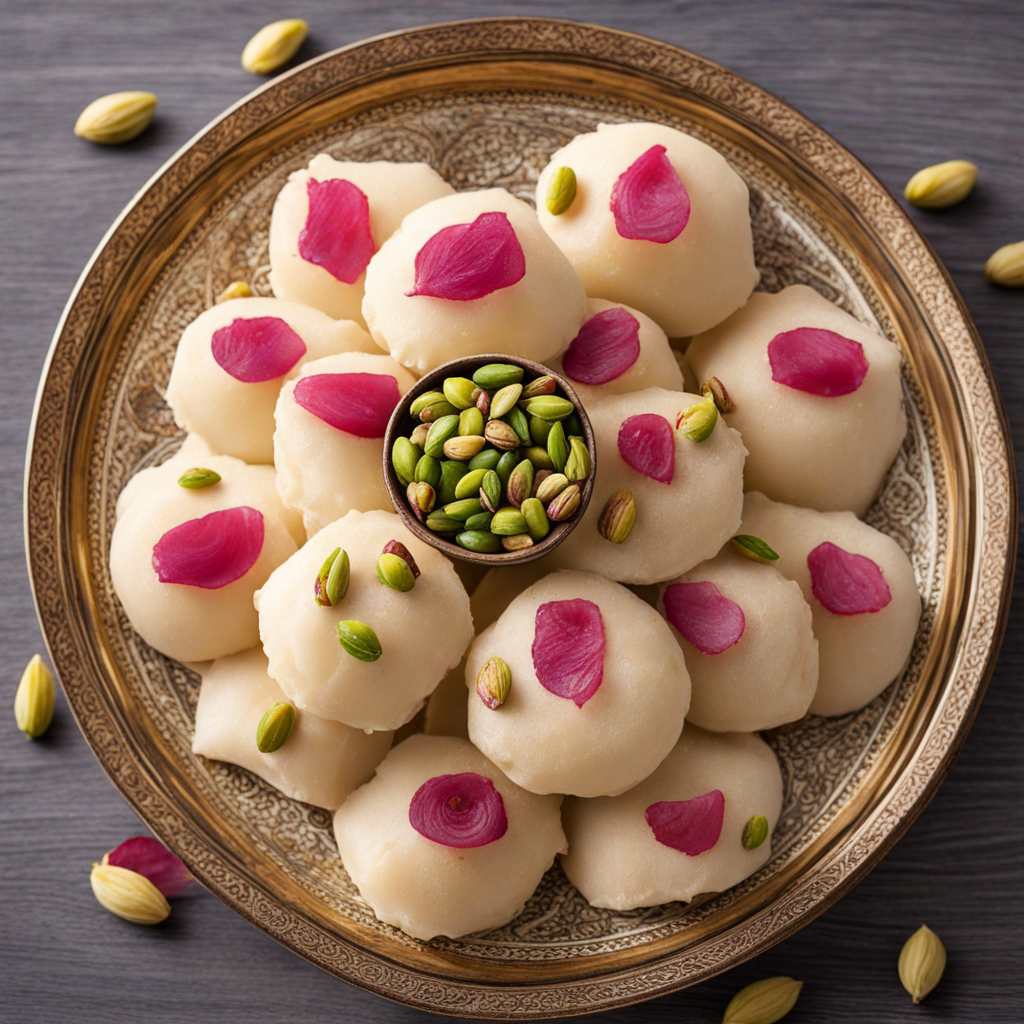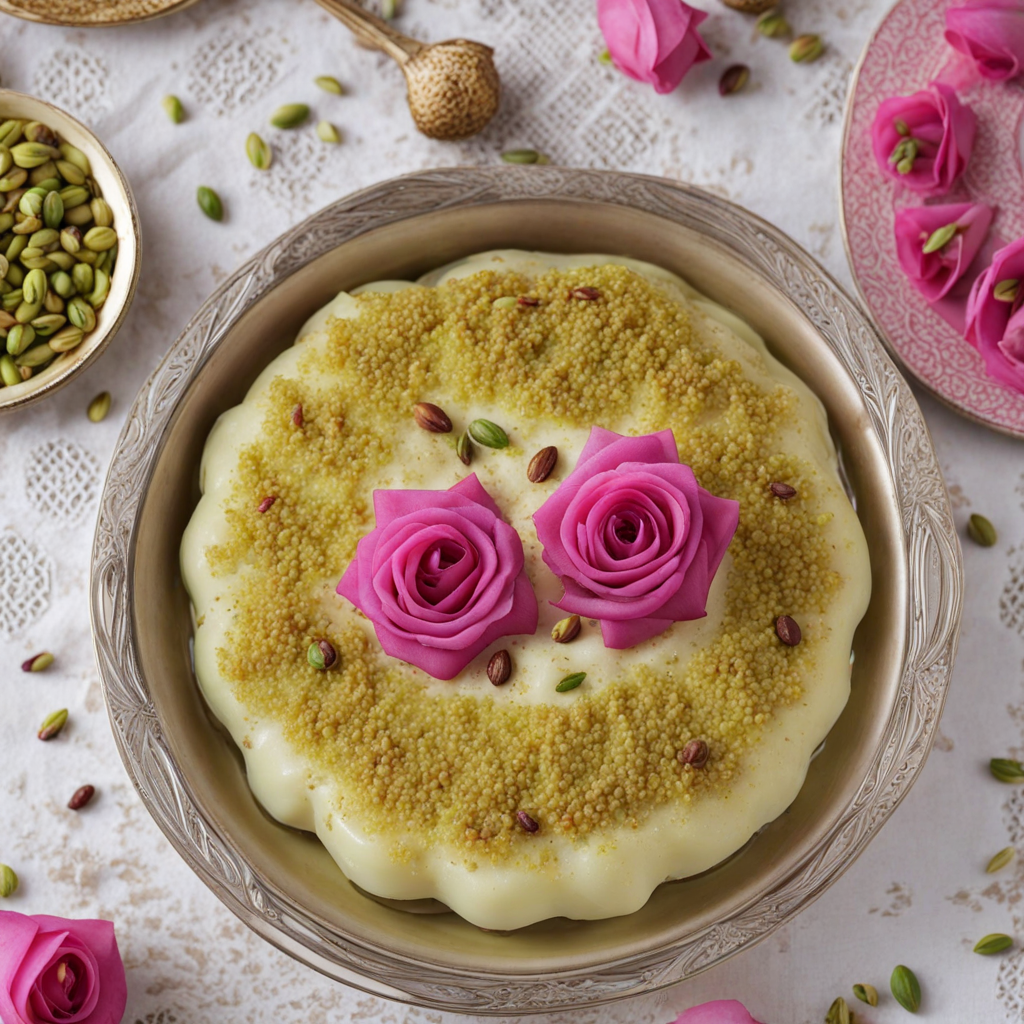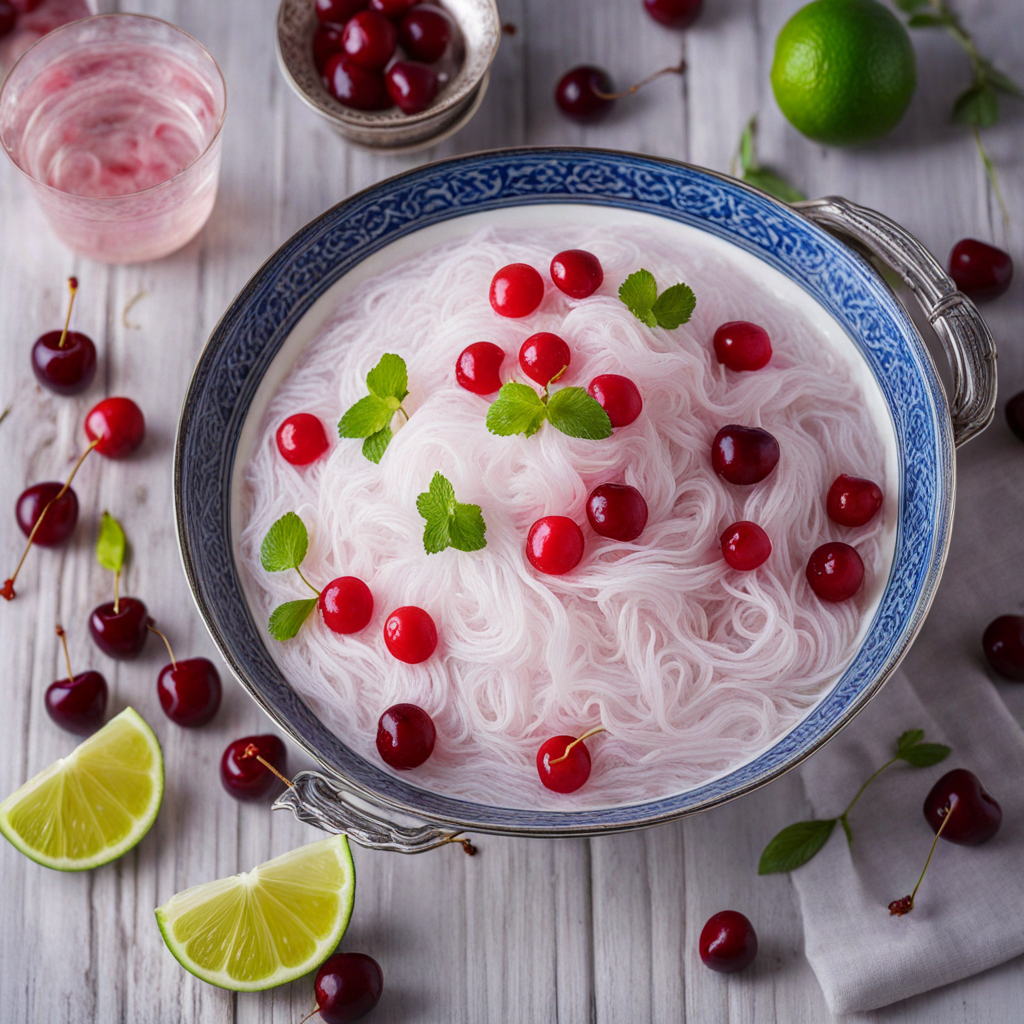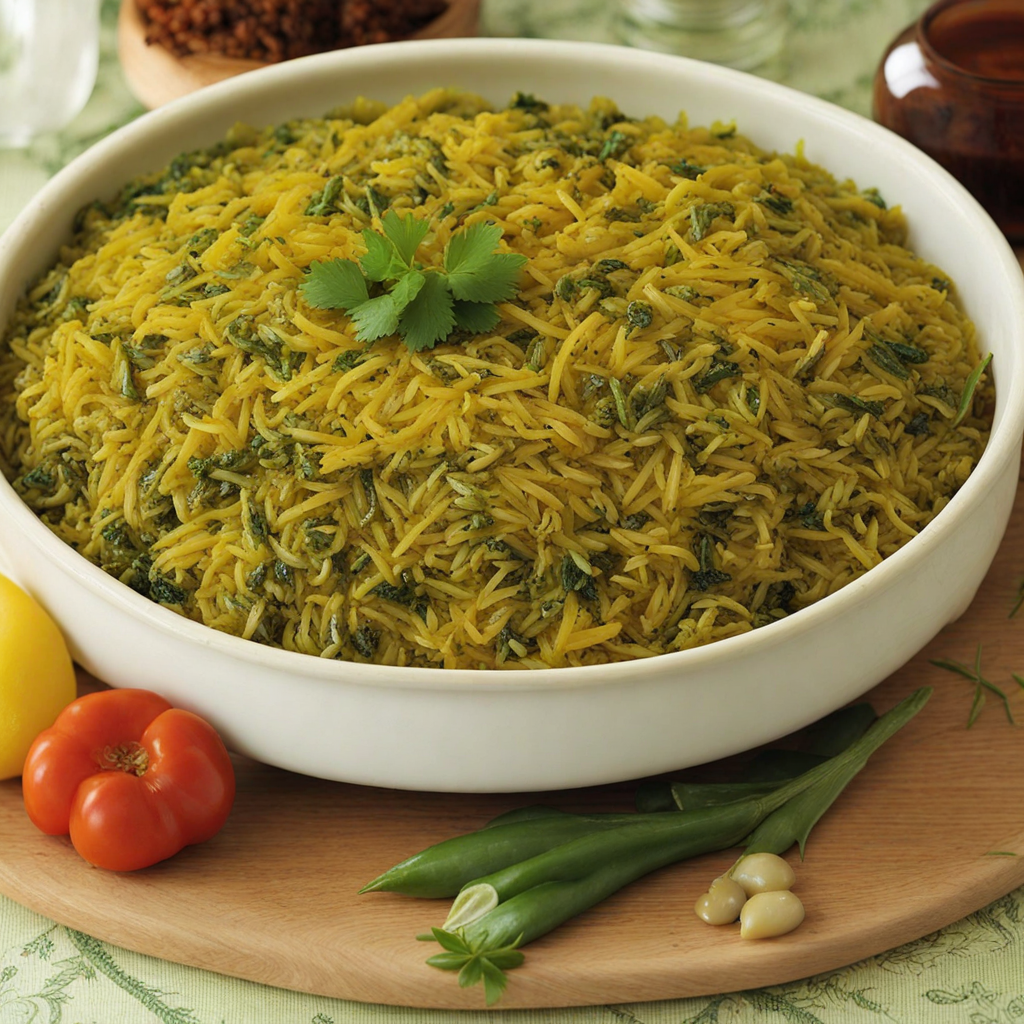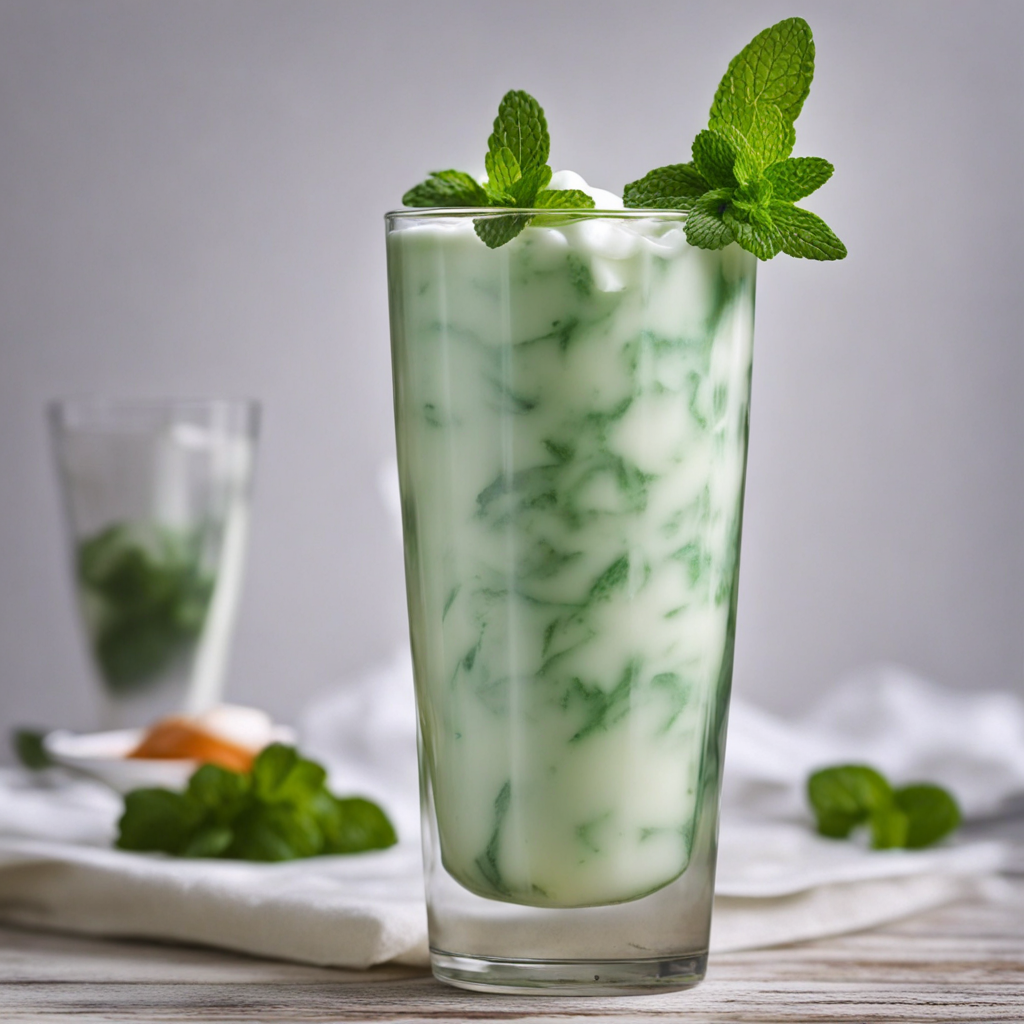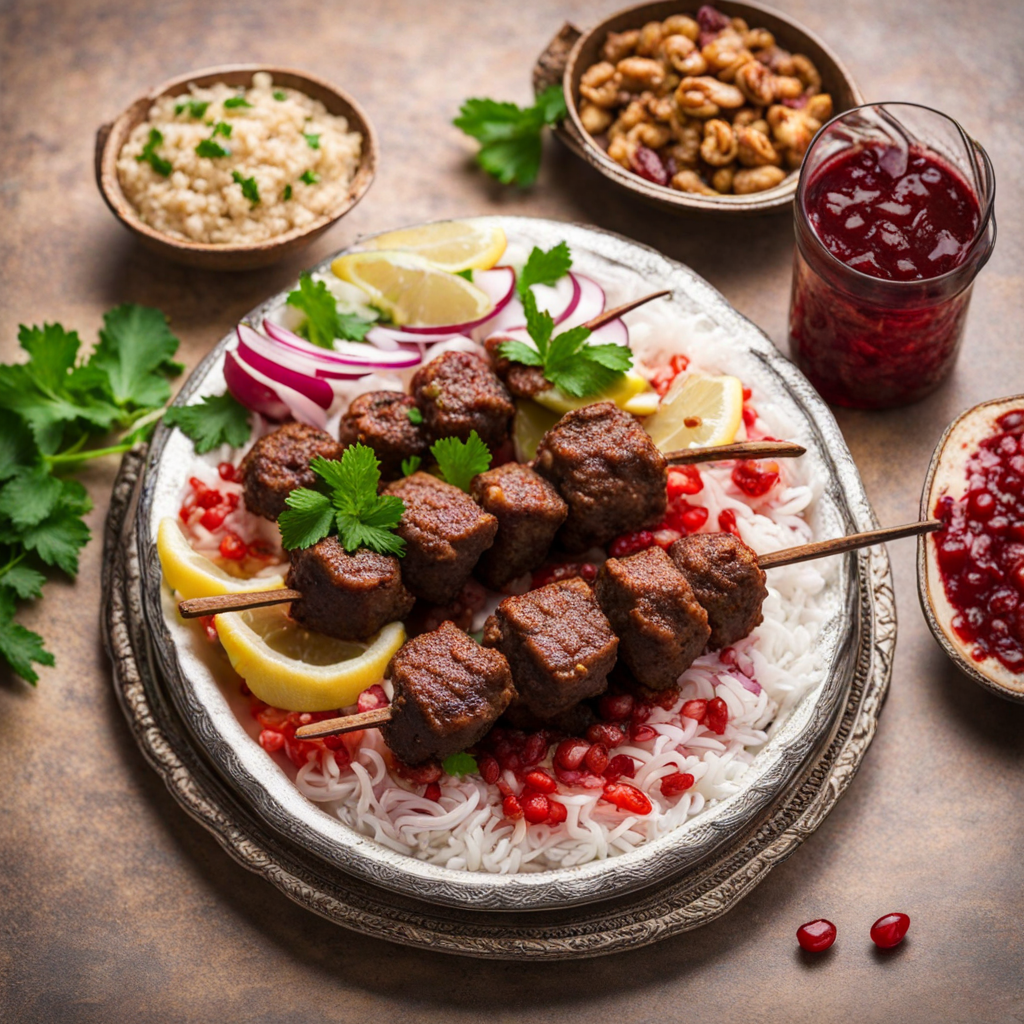Masghati
مسقطی, known as "Mast-e-Masghati" or "Masghati," is a traditional Iranian dessert that originates from the city of Shiraz. This delicacy is a type of jelly-like sweet that has been cherished for centuries, showcasing the rich culinary heritage of Iran. Its history is intertwined with the cultural fabric of Shiraz, a city renowned for its poetry, gardens, and exquisite flavors. It is often associated with the hospitality of the region, where it is served during special occasions, gatherings, and festivals, symbolizing warmth and generosity. The flavor profile of مسقطی is mildly sweet, with a subtle hint of floral notes, primarily derived from the use of rosewater, a key ingredient in many Persian desserts. This fragrant addition elevates the dish, imparting a delicate aroma that complements its sweetness. The texture is smooth and gelatinous, making it a delightful treat that melts in the mouth. Some variations may include the addition of saffron, which not only enhances the flavor but also gives the dessert a beautiful golden hue. The overall experience of tasting مسقطی is one of lightness and elegance, with a lingering aftertaste of its aromatic components. Preparation of مسقطی involves a careful process that highlights the balance between its ingredients. The primary components include cornstarch, sugar, water, and rosewater. To begin, a mixture of sugar and water is heated until it reaches a syrupy consistency. Cornstarch is then dissolved in a
How It Became This Dish
Origin of مسقطی مسقطی, known as "Mast-e Muscat" in Persian, is a traditional sweet treat that hails from Iran, particularly associated with the southern regions of the country, including the city of Shiraz. The origins of مسقطی can be traced back centuries, with recipes evolving over time to incorporate local ingredients and culinary techniques. The name itself is thought to derive from the Middle Persian word "musk," highlighting the flavor profile that often includes the floral and aromatic notes reminiscent of muscat grapes. Historically, مسقطی was made primarily as a celebratory dish, often prepared during weddings, religious festivals, and family gatherings. The dessert reflects the intricate relationship between food and social customs in Iranian culture. Its preparation often involves communal efforts, gathering family members and neighbors to partake in the cooking process, which fosters a sense of community and togetherness. \n\n Cultural Significance In Iranian culture, food is not merely sustenance; it is a medium through which stories, traditions, and values are passed down from generation to generation. مسقطی plays a significant role in this narrative. The preparation and sharing of مسقطی during special occasions symbolize hospitality and the importance of nurturing relationships with friends and family. It is often accompanied by Persian tea, further enhancing the communal experience. The dessert’s texture is unique, typically gelatinous and slightly chewy, which makes it distinct from other sugary confections. The primary ingredients include starch (often cornstarch), sugar, water, and flavoring agents such as rose water or saffron. The use of these ingredients not only reflects the local agricultural bounty but also highlights the Iranian palate's appreciation for fragrant and aromatic flavors. مسقطی is sometimes embellished with nuts or edible flowers, showcasing the artistry involved in its presentation. \n\n Development Over Time As the centuries progressed, مسقطی underwent various transformations, with regional variations emerging that reflect local tastes and ingredients. In southern Iran, particularly in Shiraz, the dessert is celebrated for its light, airy texture and is often flavored with the region's famous rose water. In contrast, other areas may incorporate local fruits or spices, adapting the dish to their cultural context. During the Safavid period (1501-1736), when Persian art and culture flourished, مسقطی gained prominence as a luxurious treat enjoyed by the elite. The royal courts of the Safavid dynasty were known for their lavish feasts, where مسقطی was often featured as a dessert. This association with nobility helped elevate its status in Persian culinary traditions, solidifying its place in the hearts and homes of many Iranians. In modern times, مسقطی continues to be a beloved delicacy, not only in Iran but also among the Iranian diaspora worldwide. It has found its way into international markets, where it is often marketed as a unique ethnic treat. This globalization has led to a resurgence of interest in traditional Iranian sweets, with many younger generations seeking to reconnect with their culinary heritage. \n\n Regional Variations The beauty of مسقطی lies in its adaptability, with each region of Iran putting its unique spin on the classic recipe. In Shiraz, the use of local ingredients such as pistachios and the addition of fragrant spices like cardamom is common. This not only enhances the flavor but also pays homage to the region's rich agricultural landscape. In contrast, in the coastal regions of Bushehr, مسقطی might incorporate coconut or other tropical flavors, reflecting the local climate and available resources. These regional variations are not merely culinary differences; they are emblematic of the diverse cultural identities within Iran. Each version of مسقطی tells a story—rooted in the land, the people, and their shared experiences. \n\n Modern Interpretations and Innovations With the advent of globalization and the fusion food movement, مسقطی has seen modern interpretations that blend traditional methods with contemporary culinary techniques. Chefs and home cooks alike have begun experimenting with flavors and presentation, incorporating ingredients such as matcha, chocolate, or even creating vegan versions of the dessert. Social media has played a significant role in this transformation. Platforms like Instagram have enabled food enthusiasts to share their creations, inspiring a new generation to explore and experiment with مسقطی. This resurgence has sparked interest in traditional Persian desserts as a whole, encouraging culinary exploration and a broader appreciation for Iranian culture. \n\n Conclusion مسقطی is more than just a sweet treat; it embodies the cultural richness of Iran and serves as a bridge connecting past and present. Its evolution reflects the dynamic nature of culinary traditions, where flavors, ingredients, and techniques continuously adapt to the changing world. As it finds its place in modern kitchens and international markets, مسقطی remains a cherished symbol of Iranian hospitality, creativity, and the enduring power of food to bring people together. Whether enjoyed in a bustling city in Iran or at a cozy gathering of expatriates abroad, مسقطی continues to sweeten lives and connect hearts through its delectable taste and rich history.
You may like
Discover local flavors from Iran


